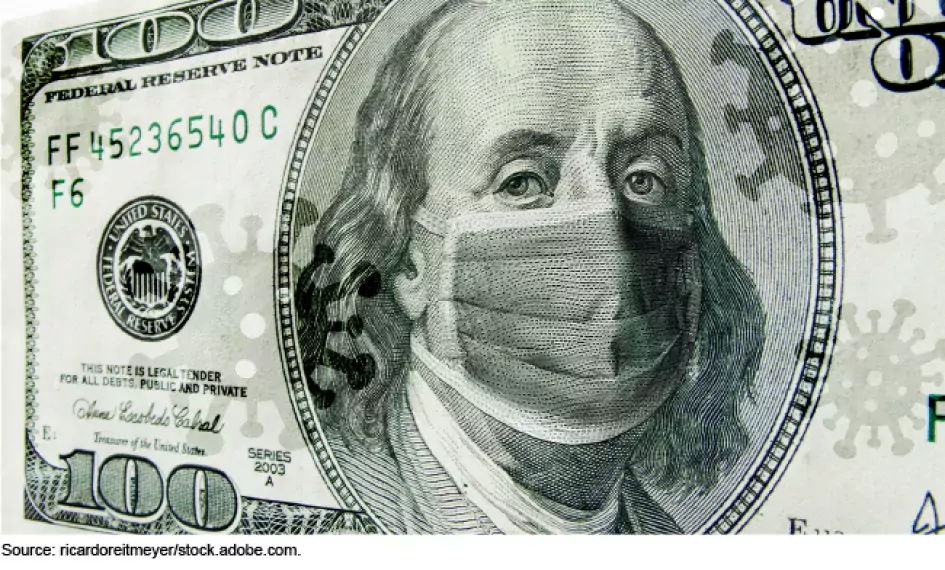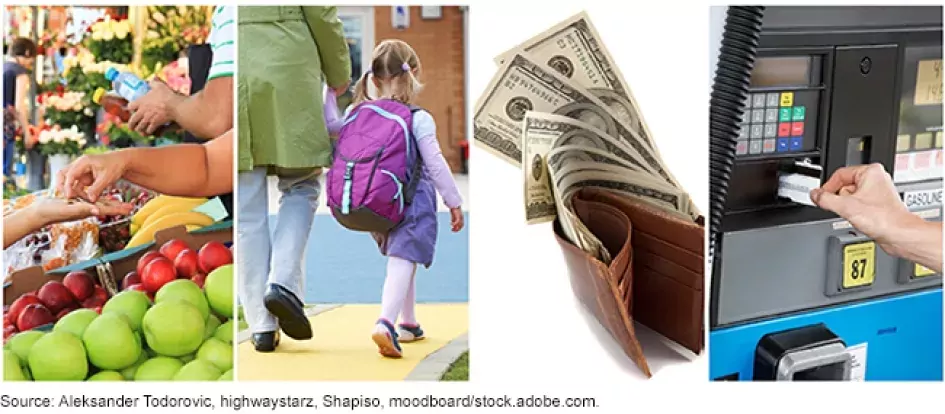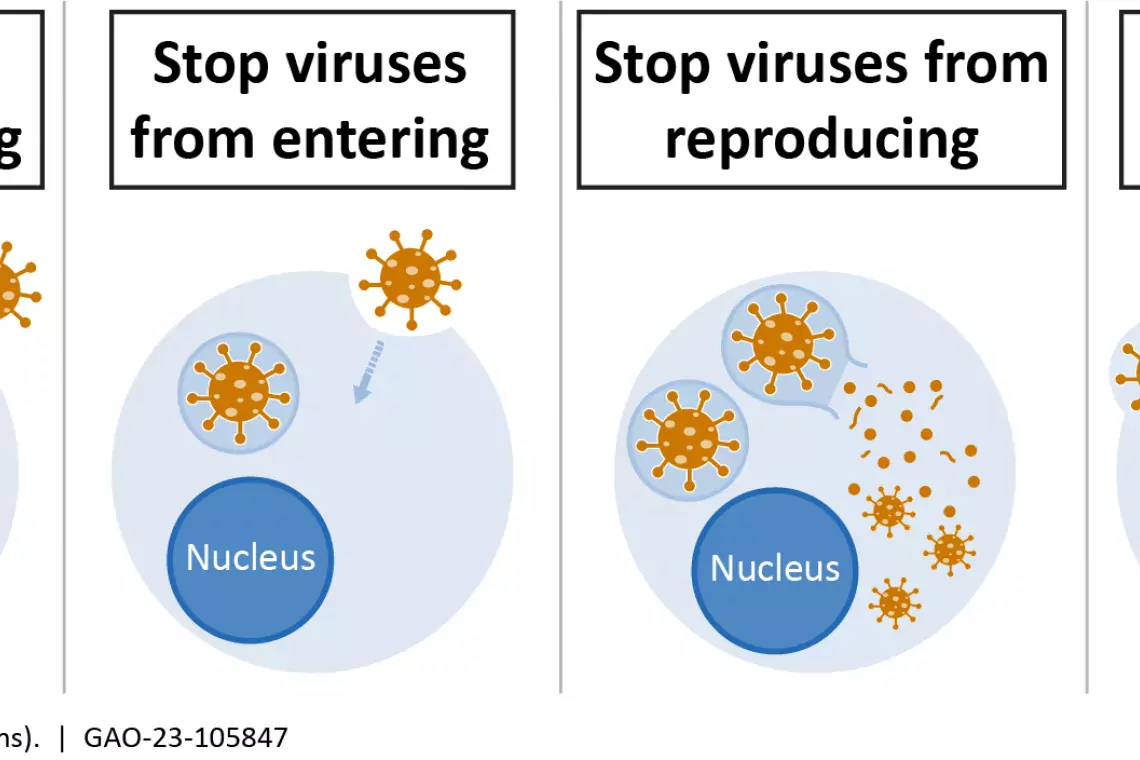Millions of People May Still Be Eligible For COVID-19 Stimulus Payments, But Time Is Running Out
Throughout the pandemic, IRS and Treasury struggled to get COVID-relief payments into the hands of some people—especially those with lower-incomes, limited internet access, or experiencing homelessness. Based on IRS and Treasury data, there could be between 9-10 million eligible individuals who have not yet received those payments.
Relief might be in sight for more families and individuals. Individuals with little or no income, and therefore not required to pay taxes, have until November 15 to complete a simplified tax return to get their payments. Taxpayers who missed the April 15 deadline have until October 17. These IRS pages, irs.gov/coronavirus/EIP and ChildTaxCredit.gov, have more information on how to complete and submit a tax return.
Today’s WatchBlog post looks at our work on COVID-19 payments to individuals, including the Child Tax Credit and next steps for people who may still be eligible to receive theirs.
Image

Who can get a COVID-19 stimulus payment or a Child Tax Credit?
From April 2020 to December 2021, the federal government made direct COVID-19 stimulus payments to individuals totaling $931 billion. Congress authorized three rounds of payments that benefited an estimated 165 million eligible Americans. Generally, U.S. citizens with income below $75,000 or married couples with an income below $150,000 were eligible for all three payments and the full amount of each payment.
Congress also temporarily expanded the Child Tax Credit (CTC) to include more families and increased the payment amounts. Most people with children qualify automatically for the CTC when they file their taxes, but there are some other eligibility requirements, too.
Millions of families may have already received some expanded CTC payments. From July to December 2021, eligible families received advance monthly payments of half their total expected CTC, benefiting around 84% of U.S. children. Generally, checks were directly deposited into the bank accounts IRS had on file for the recipient family. According to the Census Bureau and the Federal Reserve, COVID stimulus and advance CTC payments reduced financial hardship and food insufficiency among recipients.
As stated above, individuals and families can still file a tax return to see if they are eligible to take advantage of these payments and the child tax credit.
Image

What more can Treasury and IRS do to get the word out about how eligible individuals can get their payments?
Treasury and IRS undertook sweeping communications and outreach efforts to publicize the COVID-19 payments and the expanded CTC. Even so, we found several groups of people who experienced difficulties receiving payments including those that:
- had never filed a tax return,
- were filing for the first time,
- did not have bank accounts or who lacked access to banks,
- those with mixed immigrant status families,
- those with limited or no internet access,
- those experiencing homelessness.
Part of the challenge for the IRS and Treasury in 2020 was they only had data on taxpayers that had previously filed taxes. Since a broader set of families were eligible for the COVID-19 stimulus payments and the expanded CTC, Treasury and IRS reached out to around 9 million Americans to let them know they were eligible for the relief payments. In May 2021, the Treasury Inspector General identified potentially 10 million individuals eligible for payments. As of June, IRS had no plans to conduct additional outreach.
We made recommendations to IRS and Treasury on ways to improve outreach and communications efforts, especially to underserved communities.
What can people do who think they may be eligible, but are missing payments?
Individuals who think they may be eligible but did not receive a COVID-19 payment in 2020 or 2021 or the CTC can file a simplified return at ChildTaxCredit.gov. However, the deadlines to do so are rapidly approaching. Individuals with little or no income, and therefore not required to pay taxes, have until November 15 and taxpayers who missed the April 15 filing deadline have until October 17.
- Comments on GAO’s WatchBlog? Contact blog@gao.gov.
GAO Contacts
Related Products

GAO's mission is to provide Congress with fact-based, nonpartisan information that can help improve federal government performance and ensure accountability for the benefit of the American people. GAO launched its WatchBlog in January, 2014, as part of its continuing effort to reach its audiences—Congress and the American people—where they are currently looking for information.
The blog format allows GAO to provide a little more context about its work than it can offer on its other social media platforms. Posts will tie GAO work to current events and the news; show how GAO’s work is affecting agencies or legislation; highlight reports, testimonies, and issue areas where GAO does work; and provide information about GAO itself, among other things.
Please send any feedback on GAO's WatchBlog to blog@gao.gov.




